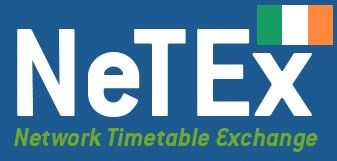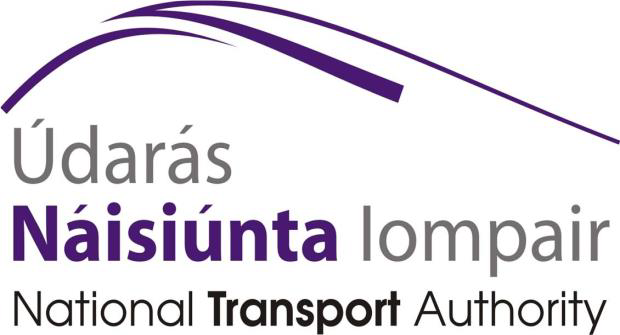
NeTEx: Network Exchange
Overview
What is NeTEx for?
NeTEx provides a means to exchange stops, routes and timetables between different computer systems, together with related operational data.
NeTEx comprises the following main components:
- A specification as a set of CEN Technical Specification documents.
- A modular NeTEx XML Schema.
- Descriptions of protocols for exchanging documents created with the schema.
- Documentation on the NeTEx schema and the processes to use it.
- Examples of schedules encoded as NeTEx XML documents.
What Sort of Information Does NeTEx Exchange?
NeTEx defines a standard for exchanging Timetable related data for public transport services, including:
- Network Topologies (e.g. routes, journey patterns
- Timetables (including Journey patterns, vehicle journeys, operating days
- Data to support real-time operations
- Fare data including products, tariff coverage, conditions and prices
XML documents based on the NeTEx schema can thus be used to exchange the following information:
- Public Transport schedules including stops, routes, departures times / frequencies, operational notes, and map coordinates. May include
- Routes may have complex topologies such as circular routes, cloverleaf and lollipops, and complex workings such as short working and express patterns. Connections with other services can also be described
- The days on which the services run, including availability on public holidays and other exceptions.
- Journeys may include composite journeys such as train journeys that merge or split trains
- Information about the Operators providing the service.
- Additional operational information, including, positioning runs, garages, layovers, duty crews, useful for AVL and on-board ticketing systems.
- Data about the Accessibility of services to passengers with restricted mobility.
- Data is versioned with management metadata allowing updates across distributed systems
How is data exchanged between systems?
NeTEx describes data as XML documents that can be exchanged by many different communication protocols (e.g. FTP, http, SNMP), etc. It can therefore be used both for the bulk exchange of XML documents based on the Schema and for the dynamic exchange of individual data objects or groups of objects, fro example as http request using the SIRI framework
NeTEx XML serialises complex PT models into a standard flat file format that can be processed cheaply and efficiently using mainstream modern computer technologies.

© Copyright NTA 2020
Page last Updated 2020/09/15

